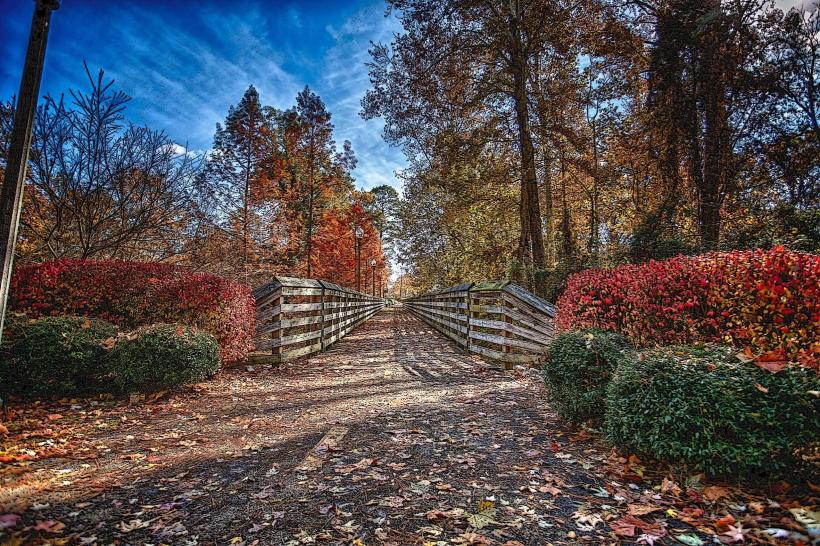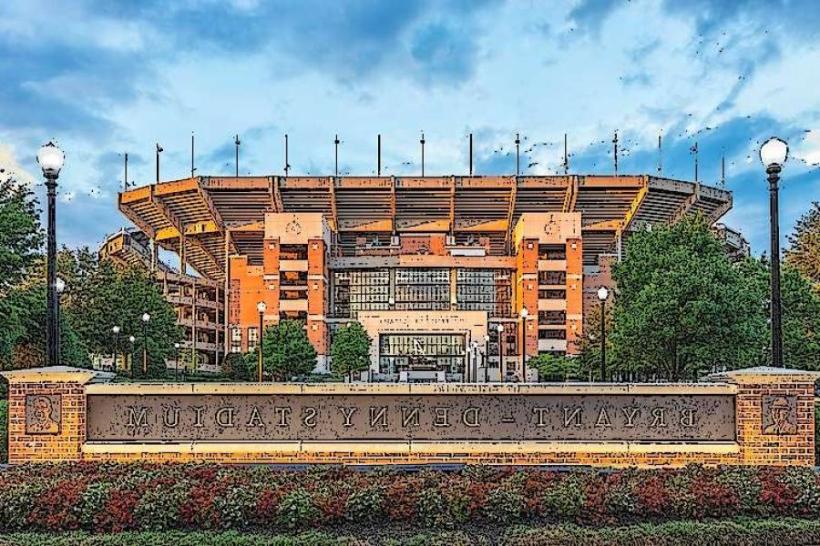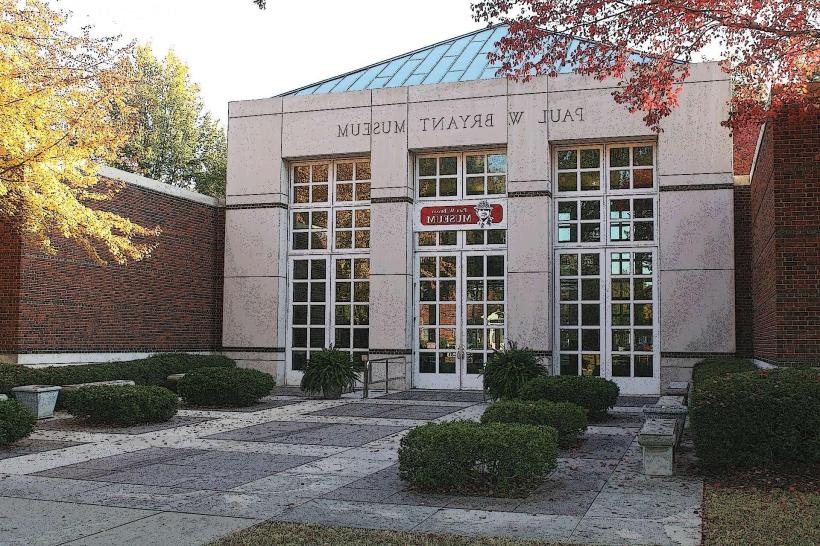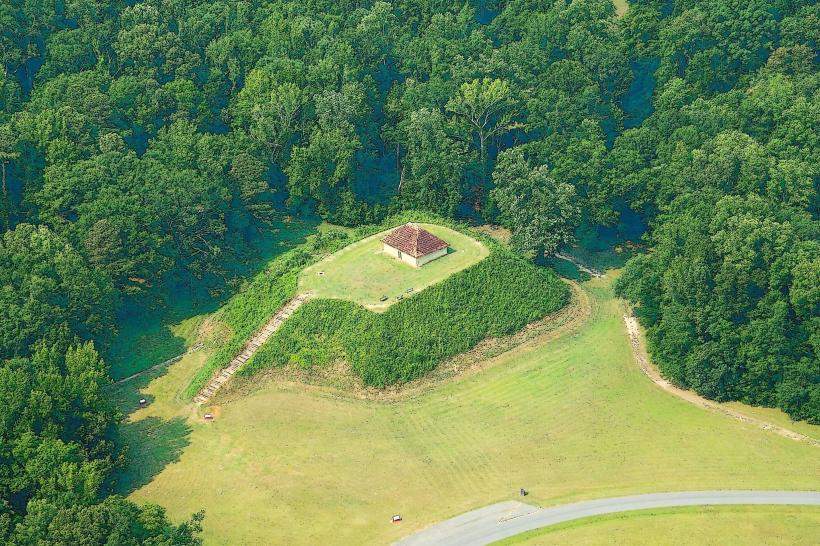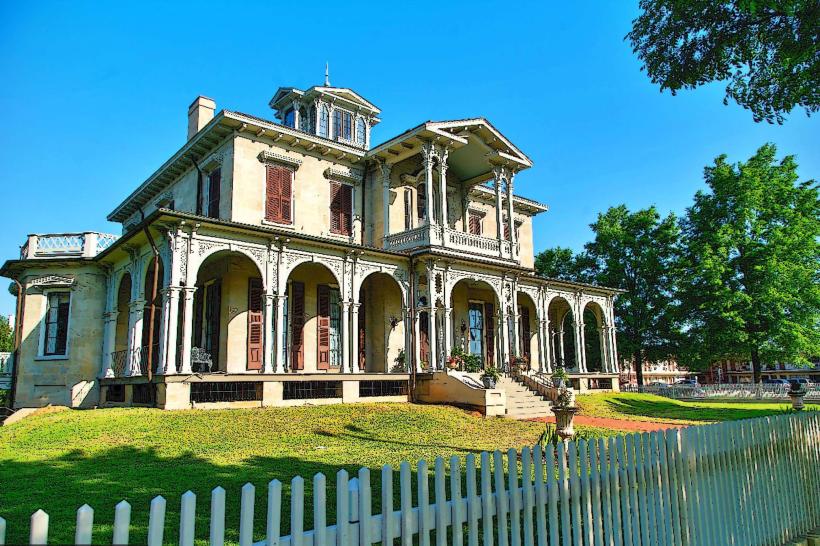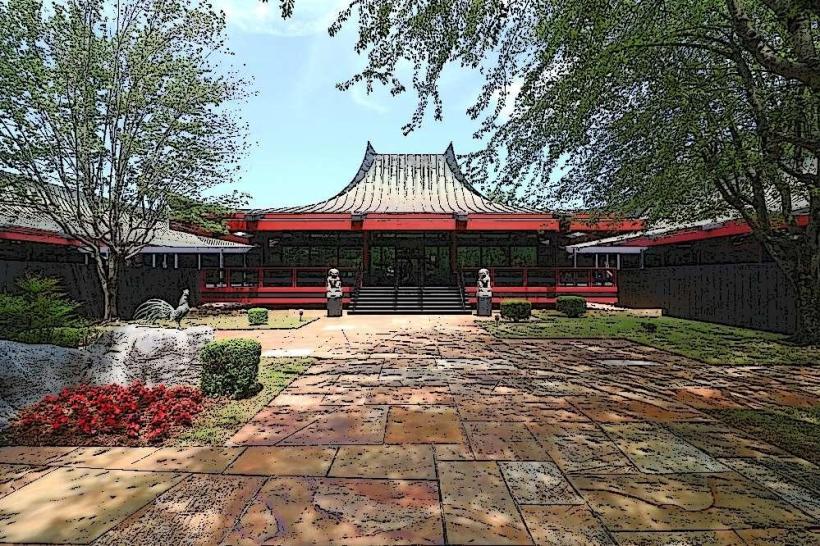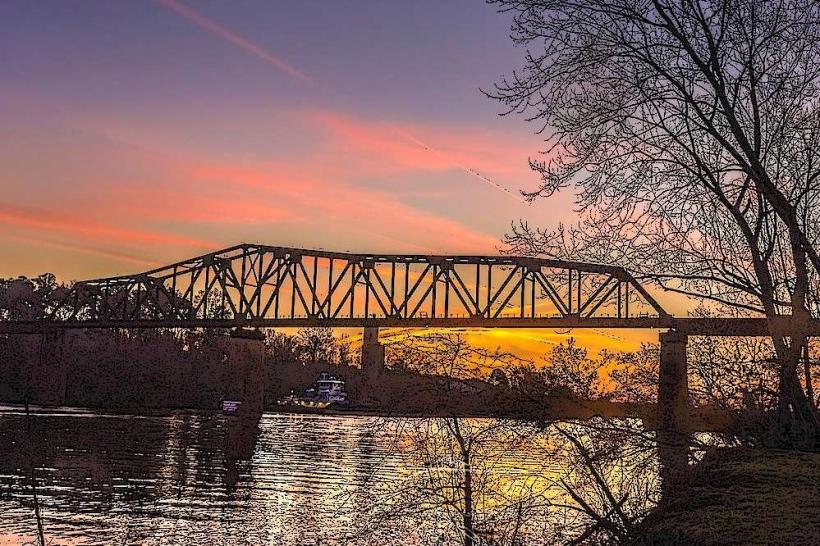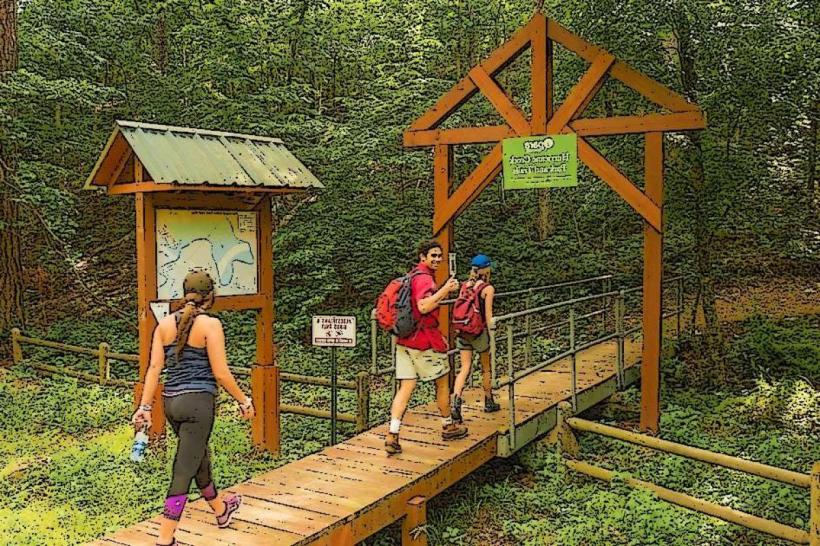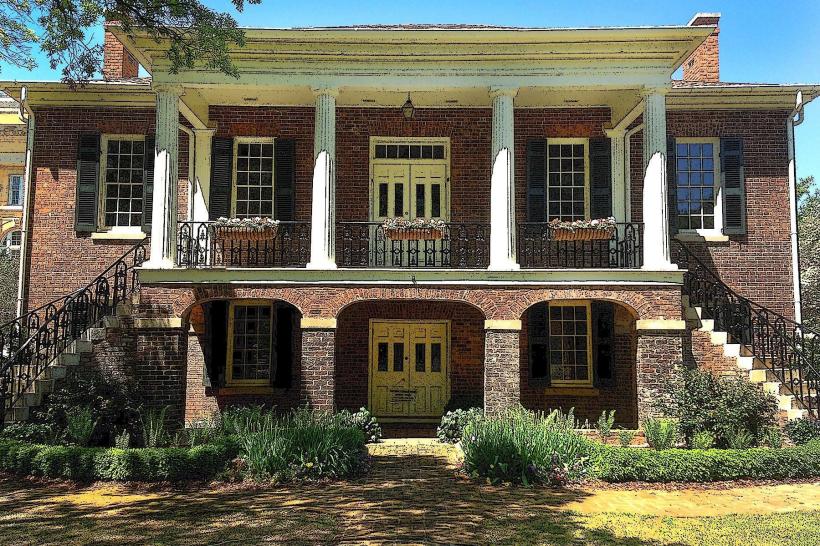Information
Landmark: Lake TuscaloosaCity: Tuscaloosa
Country: USA Alabama
Continent: North America
Lake Tuscaloosa, Tuscaloosa, USA Alabama, North America
Lake Tuscaloosa is a major reservoir and recreational hub in west-central Alabama, located just north of the city of Tuscaloosa. Constructed in 1970, it serves as the primary water source for the city and surrounding areas while also providing abundant opportunities for outdoor recreation and wildlife observation.
Location and Size
Lake Tuscaloosa spans approximately 5,885 acres of water with a shoreline exceeding 109 miles, offering a mix of shallow coves, deep channels, and wooded surroundings. It is situated along the North River and lies in Tuscaloosa and surrounding counties, easily accessible from downtown Tuscaloosa via major roads.
Purpose and Management
The lake was created by damming the North River to meet the region’s growing municipal water supply needs. Beyond supplying drinking water, the lake is carefully managed to balance recreational use, flood control, and environmental conservation. The City of Tuscaloosa oversees water quality and regulates activities to ensure the reservoir remains safe for both public use and wildlife habitats.
Recreation and Activities
Lake Tuscaloosa is a popular destination for both residents and visitors, offering a wide range of recreational options:
Boating and Sailing: Multiple public boat ramps provide access for motorboats, sailboats, and pontoons.
Fishing: The lake supports species such as largemouth bass, crappie, catfish, and bream. Fishing tournaments are occasionally held here.
Swimming: Designated swimming areas are available, though visitors are advised to follow posted safety guidelines.
Picnicking and Camping: Shoreline parks and recreational areas provide picnic shelters, grills, and campgrounds.
Trails and Wildlife Observation: Surrounding wooded areas and trails allow for hiking, birdwatching, and spotting local wildlife such as deer, herons, and turtles.
Nearby Amenities and Parks
Several public parks and facilities border the lake, including:
Lake Tuscaloosa Park: Offers boat ramps, picnic areas, and scenic overlooks.
North River Landing: Provides access for fishing, boating, and nature observation.
Wind Creek State Park (nearby): Adds additional recreational opportunities such as hiking and camping.
Environmental and Conservation Efforts
Efforts are made to maintain the ecological balance of the lake, including water quality monitoring, fish stocking programs, and preservation of wetlands along the shoreline. Boating and fishing regulations are enforced to prevent overuse or environmental degradation.
Visitor Tips
Early mornings and weekdays are best for fishing and quieter boating experiences.
Bring sunscreen, life jackets, and insect repellent for extended outdoor activities.
Check for seasonal events or fishing tournaments that may affect access to public ramps or parks.
Parking is generally available at major access points, but larger weekends may see crowds.
Lake Tuscaloosa combines functional importance as a water source with scenic beauty and outdoor recreation, making it a central natural asset for both Tuscaloosa residents and visiting outdoor enthusiasts.

